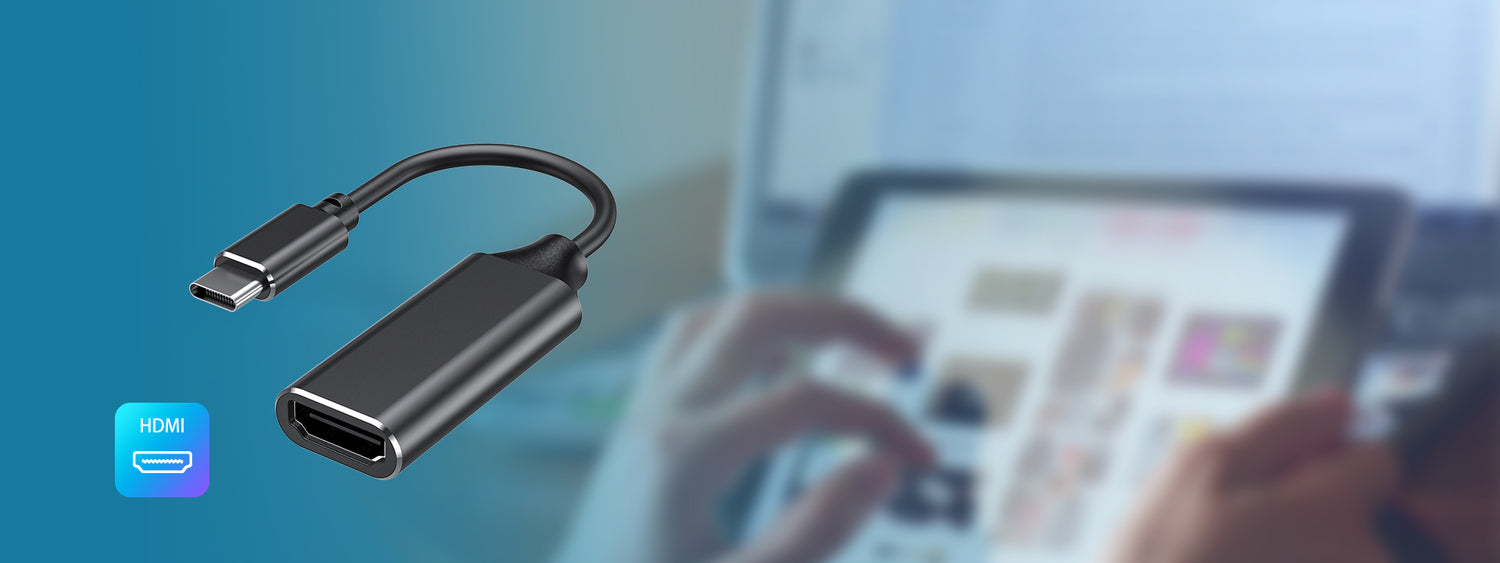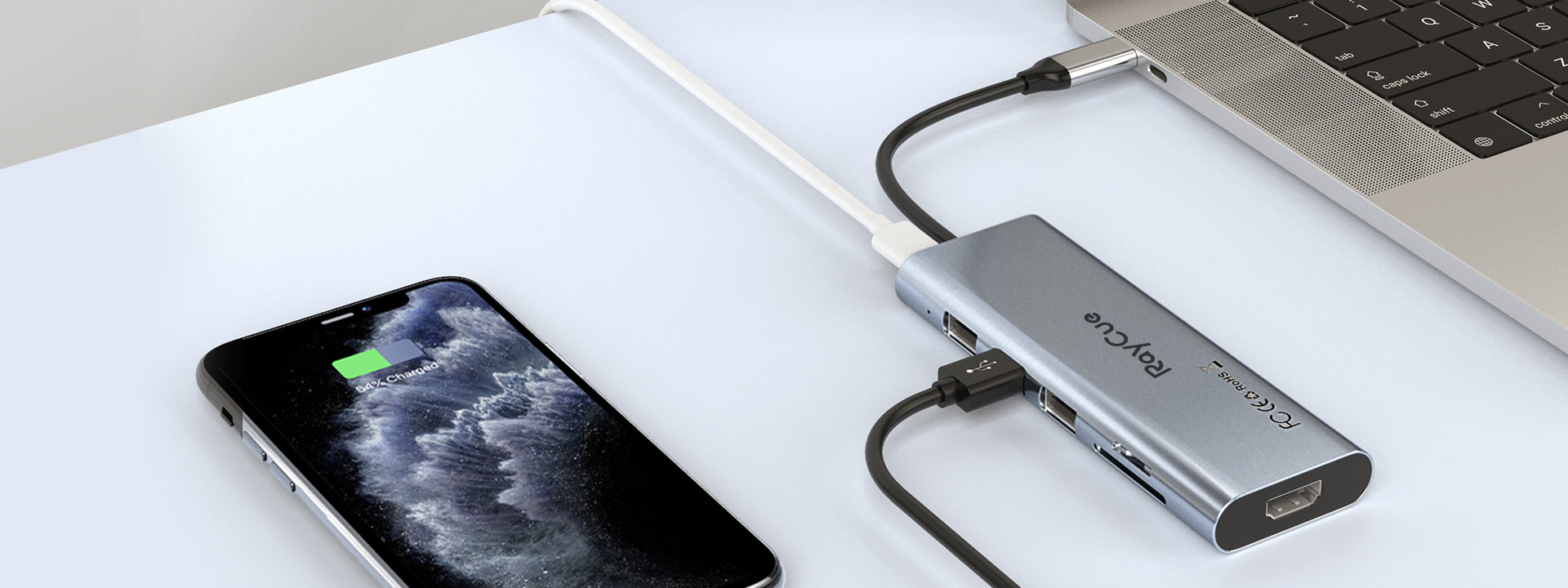Nowadays, VGA analog interface and DVI digital interface are gradually eliminated in electronic devices, and high-definition HDMI has become the current mainstream video interface. Simply put, HDMI is a high-definition video interface, which is often seen in most laptops, LCD TVs, computer graphics cards and computer motherboards. Besides, HDMI is a digital video/audio technology that can transmit audio and image signals at the same time. It is the preferred standard for displaying video on the screen. In the last RayCue article, we have defined VGA, DVI, and HDMI to better understand the differences between those video output interfaces. In this blog post, we will focus solely on HDMI to explain the evolution of HDMI interface versions. What do you know about HDMI? Read on and learn more with RayCue.
Since 2002, the high-definition multimedia interface HDMI has been continuously updated and developed, and its specifications have been revised six times, including the following:
HDMI Version (Release Year)
HDMI 1.0 (2002)
HDMI 1.1 (2004)
HDMI 1.2 and 1.2a (2005)
HDMI 1.3 (2006)
HDMI 1.4, 1.4a and 1.4b (2009, 2010, 2011)
HDMI 2.0, 2.0a and 2.0b (also known as HDMI UHD) (2013, 2015, 2016)
HDMI 2.1 (2017)
Early HDMI 1.0 Series Version
HDMI 1.0 was officially released on December 9, 2002, capable of transmitting digital video signals and up to 8 audio channels. Essentially, the DVI transmission standard is used and audio support is added. The standard is capable of transferring data at 4.95Gb per second-which means that video can be transferred at a resolution of up to 1080p and a frame rate of 60 frames per second. Version 1.1 and 1.2 added DVD audio and SACD audio formats. While HDMI 1.3 enhances the resolution, color and color gamut, it adds lip sync and surround sound modes. There are also some new changes to the HDMI 1.4 version, including support for 4K resolution, 3D, Blu-ray 3D, Ethernet sharing and audio return channel namely HDMI ARC.
Commonly Used HDMI 2.0 Series Version
After years of updates and development, the HDMI interface we most commonly used is mainly HDMI 2.0 version. HDMI 2.0 was released in September 2013, it has been gaining popularity due to its 18Gbps bandwidth, 3840 x 2160@60Hz high resolution, plug-and-play convenience and hot insertion capability. HDMI 2.0 also adds support for up to 32 audio channels. HDMI 2.0a was released in 2015, adding support for HDR technologies such as HDR 10.
HDMI 2.1 Version Supporting 8K
HDMI 2.1 is the latest and greatest version of HDMI, which was released in November 2017. The bandwidth has been significantly increased to 48Gbps, and it can support images up to 7,680 × 4,320@60Hz (8K@60p) or higher frame rate images at 4K@120Hz. It also supports the new dynamic HDR technology, which ensures that every scene, and even every frame, of a video shows the ideal values for depth of field, detail, brightness, contrast, and a wider color gamut than "static" HDR. What’s more, at the aspect of sound effect, HDMI 2.1 supports new eARC technology that delivers high-bit-rate 3D surround sound frequencies directly to the device.
HDMI Connector Types
HDMI interfaces are divided into five types: HDMI Type A, HDMI Type B, HDMI Type C, HDMI Type D, and HDMI Type E. Among them, the most commonly used one is HDMI Type A , also known as HDMI standard interface. This interface has a width of 14mm and is generally used in high-definition TVs, desktop computers, projectors and other equipment. The second is the HDMI Type C interface (HDMI mini), this interface width is 10.5mm, generally used in MP4, tablets, cameras and other devices. There is also HDMI Type D interface (HDMI micro), the interface width is 6mm, generally used in smart phones, tablet computers and so on.

The above are all the main points of this blog post about the HDMI standard version and interface types. I hope it will help you a lot to better understand about HDMI. Our RayCue official website simultaneously sells HDMI-related converter adapter cables and other products, go here and start shopping.
Previous: WFH Tips How to Set Up A More Productive Workspace
Next: RayCue Hubs Unlock More Potential for Your Laptop




Leave a comment
All comments are moderated before being published.
This site is protected by hCaptcha and the hCaptcha Privacy Policy and Terms of Service apply.